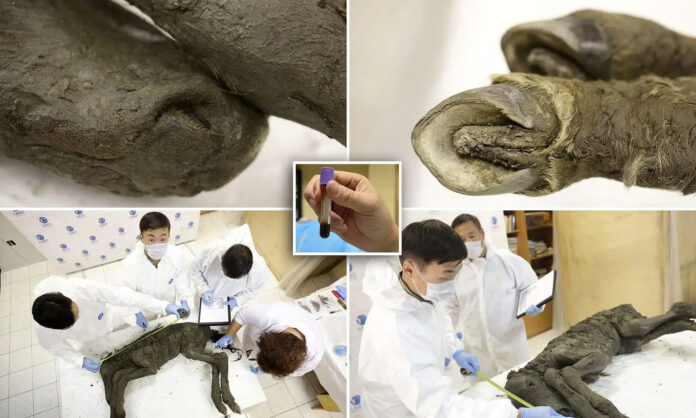In the remote wilderness of Siberia’s Batagaika Crater, an extraordinary discovery has captured the imagination of scientists worldwide. The perfectly preserved remains of a two-week-old foal, dating back 42,000 years, is offering unprecedented insights into the Ice Age and potentially opening the door to bringing extinct species back to life.
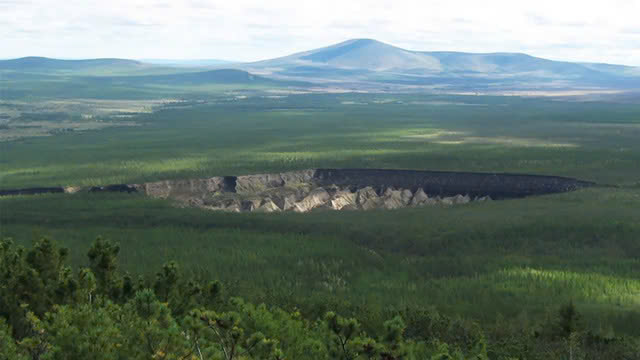
The Extraordinary Siberian Discovery
The remarkably preserved foal, known scientifically as Equus caballus lenensis but nicknamed the “Lena horse,” was found entombed in the permafrost of Siberia’s Verkhoyansk region. Standing just 39 inches tall and weighing approximately 50 pounds at the time of its death, this ancient equine met a tragic end by drowning in mud—a fate that ironically led to its exceptional preservation.
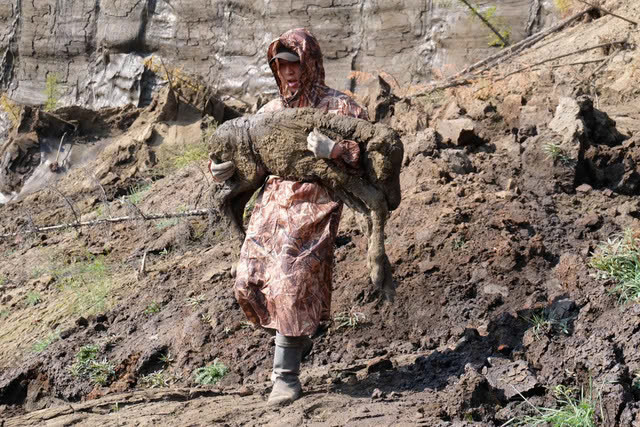
What distinguishes this discovery from other Ice Age finds is not merely its age but its remarkable condition. While most ancient remains are reduced to skeletal fragments, the Lena horse’s body remained virtually intact, with even its fur preserved—creating a true time capsule from the Pleistocene epoch.
A Scientific Breakthrough: Liquid Blood After 42 Millennia
The Unprecedented Preservation of Biological Materials
In a development that stunned the scientific community, researchers discovered liquid blood and urine within the foal’s preserved body—a finding virtually unheard of in paleontology. Typically, blood in ancient remains either coagulates or evaporates over millennia, eventually turning to powder. The presence of liquid blood in the Lena horse represents only the second such discovery in Ice Age remains, following a similar finding in a mammoth carcass in 2013.
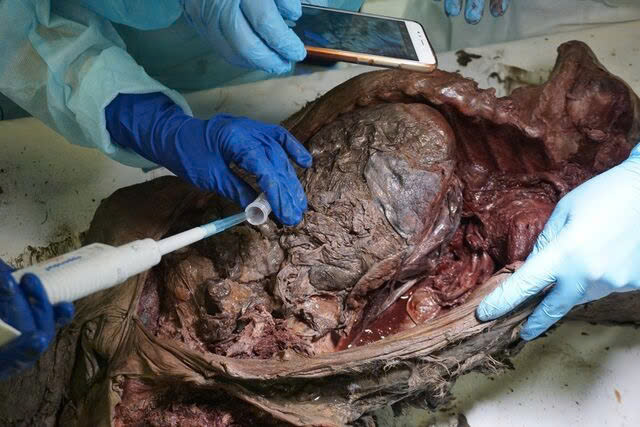
The permafrost’s unique conditions created a natural preservation environment that kept these biological materials intact for over 40,000 years. This remarkable preservation extends beyond blood and urine—the foal’s internal organs, muscle tissues, and other biological materials remain in a state that defies the normal processes of decomposition.
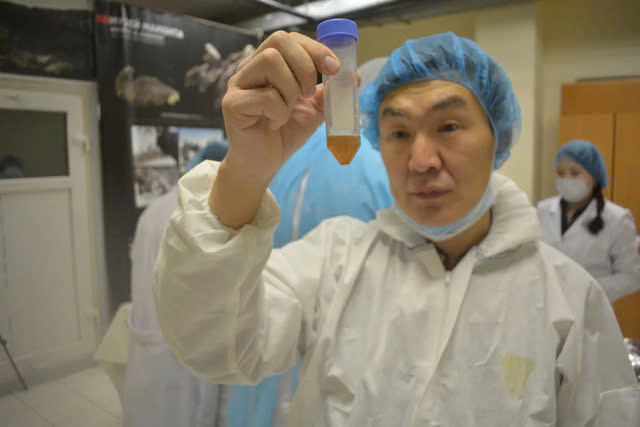
Unlocking Secrets of the Pleistocene
These preserved biological samples offer scientists an extraordinary opportunity to study ancient biochemistry firsthand. By analyzing the foal’s blood and urine, researchers can potentially determine its diet, health status, and the environmental conditions in which it lived. This information could provide invaluable insights into the broader ecosystem of Ice Age Siberia.
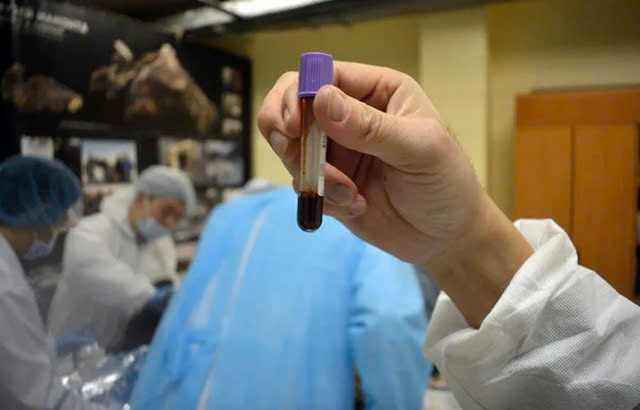
The genetic material contained within these samples is particularly valuable, potentially revealing how these ancient horses evolved and how they relate to modern equines. Each drop of this 42,000-year-old blood contains information that could reshape our understanding of equine evolution.
Resurrecting the Past: The Quest to Clone an Ice Age Horse
The Collaboration Between Russian and Korean Scientists
The discovery has reignited interest in one of science’s most ambitious goals: bringing extinct species back to life. A research team led by Semyon Grigoriev from North-Eastern Federal University is collaborating with South Korean experts from Sooam Biotech in an attempt to clone the Lena horse.
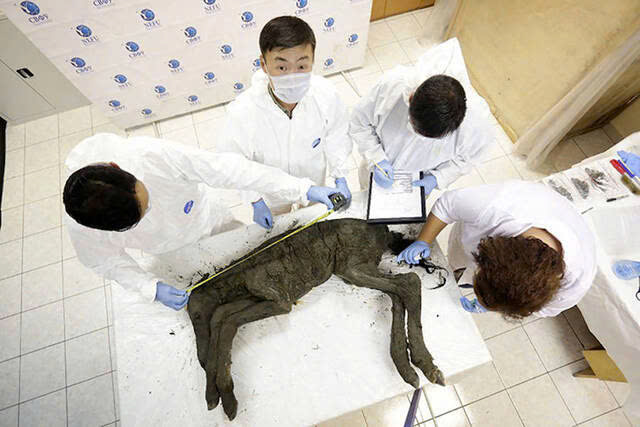
While red blood cells contain no DNA and are therefore unsuitable for cloning purposes, researchers are focusing on extracting genetic material from the foal’s muscle cells and internal organs. If successful, they would then potentially use modern horses as surrogates, effectively reviving a species that disappeared from Earth tens of thousands of years ago.
The Challenges and Ethical Considerations
The path to successfully cloning the Lena horse is fraught with scientific challenges. The DNA, despite its remarkable preservation, has likely degraded over millennia. Furthermore, recreating the exact environmental conditions that would allow such an animal to thrive remains a significant obstacle.

This scientific pursuit also raises profound ethical questions: What responsibilities would we have toward a resurrected species? Would these animals be able to adapt to our modern world, with its drastically different climate and ecology? How would they interact with existing wildlife? These considerations extend beyond scientific capability into the realm of moral responsibility.
Reimagining Paleontology in the Modern Era
The Lena horse discovery represents a pivotal moment in paleontological research, transforming our ability to study extinct species. Rather than relying solely on fossilized bones, scientists now have access to biological materials that provide direct insights into the physiology and genetics of Ice Age creatures.

This find may help bridge the gap between ancient and modern horses, potentially revealing how environmental pressures shaped equine evolution over tens of thousands of years. The preservation quality of this specimen also offers hope that other similarly preserved remains might be discovered, further expanding our understanding of prehistoric life.
Video
A Window to the Past, A Glimpse into the Future

The 42,000-year-old Lena horse stands at the intersection of our past and future—a remarkable creature that lived during the last Ice Age yet may influence cutting-edge scientific developments in our time. Its discovery reminds us that beneath the frozen landscapes of our planet lie secrets waiting to be revealed, each with the potential to transform our understanding of life’s history on Earth.
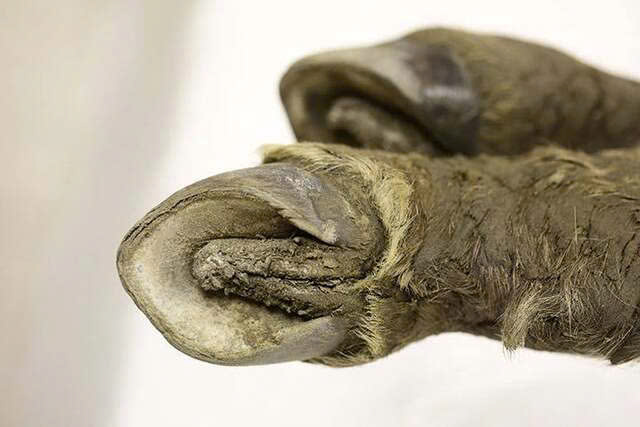

As scientists continue their work with this extraordinary specimen, they walk a fine line between unveiling the mysteries of the past and contemplating the ethical implications of bringing extinct species back to life. Whatever the outcome of these efforts, the Lena horse has already secured its place in scientific history—a silent ambassador from an ancient world, speaking volumes about life during the Ice Age and the remarkable ability of nature to preserve its stories across millennia.
